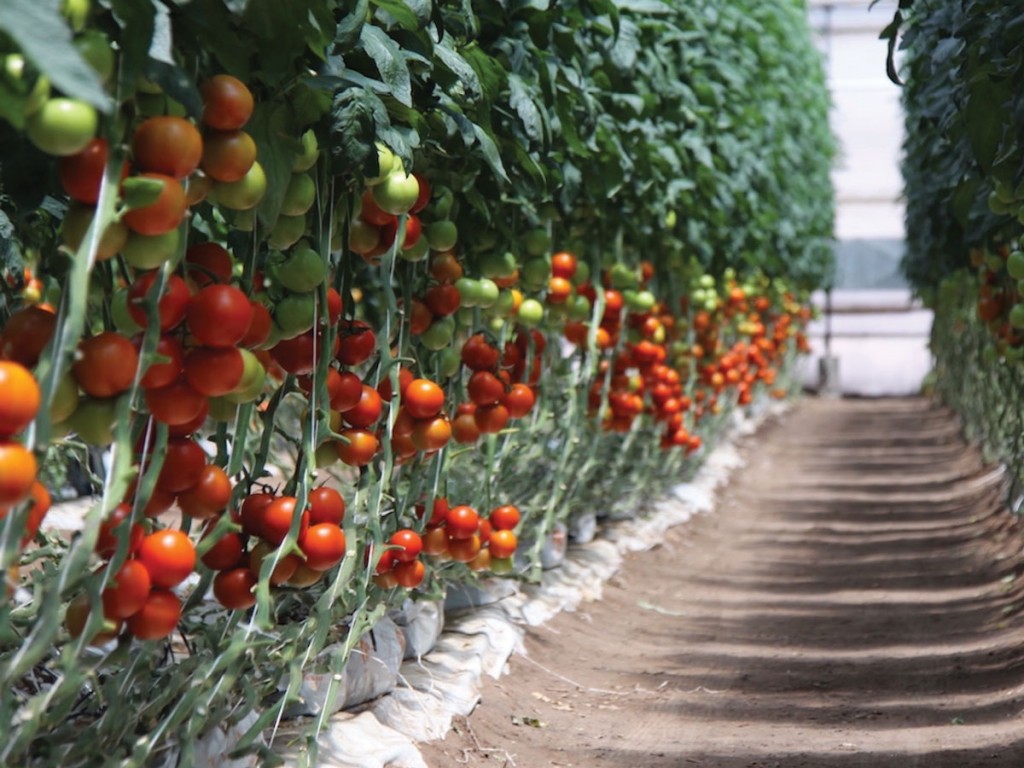
In a confusing world, betting on the future is precarious. But the American transportation industry might want to study the odds-on international shipping for fresh fruits and vegetables.
For a variety of good reasons, recent years’ upward trends appear to bend skyward at an even faster pace.
Consider that October’s Orlando meeting of the International Fresh Produce Association (IFPA) attracted participants from 40 countries.
Anchoring the trend is North Americans’ interest in healthy foods. This group largely has the wherewithal to afford to eat well. American culinary tastes have come far from our grandmothers’ canned beans.
U.S. produce growers have long been leaders in supplying their countrymen with healthy fresh fruits and vegetables. But they face climatic limitations, which swing open wide doors for producers in other latitudes. And now, water restrictions and severe ag labor unavailability, atop skyrocketing production costs throw another gut punch to American growers.
While many operate traditional apple, cherry, and berry farms, Canadian growers substantially overcame their cold weather issue with innovative technology for greenhouse and other protected production. The USDA indicates that Canada produces 11% of the fresh produce imported by the U.S.
As noted in the AJOT article, “Mexican fresh export success reflects global industry”, Mexico enjoys many advantages to providing 77% of U.S. fruit imports.
Hawaiian property values long ago made U.S. pineapple production impractical. Almost without exception, tropical fruits for the U.S. market must be imported.
Furthermore, imported, healthy fruits like berries, grapes, tree fruits, and countless vegetables, are serving the market from October until May, when most U.S. fields and backyard gardens are fallow.
Offshore production certainly faces rising transportation costs, but aggressive investment by steamship companies and certain U.S. seaports to serve perishable foods are efficiently minimizing costs to keep produce affordable for consumers.
At the same time, international producers – such as those in Australia, New Zealand, Chile, Spain, Holland, Peru, and South Africa – displayed the foresight to build foreign markets by developing new production techniques, rigidly-high quality standards – and more recently – proprietary varieties of berries, grapes, and apples – to carve otherwise-unlikely niches.
Along with this, growers have patiently continued to work with USDA’s Animal and Plant Health Inspection Service to access the U.S. market. For example, in coming years, it’s likely that certain Chilean regions may have new alternatives to grape fumigation upon arrival in the U.S. That will be a notable step as Chile has faced a variety of competitive grape market losses to Peru.
As to serving more-sophisticated American palates, consider that California and Florida have always provided fresh citrus for U.S. consumers. Still, Australian growers 30 years ago launched a premium summertime navel orange program. South Africa has shipped great clementines and mandarins to the U.S. over the last 20 years, in a window that keeps extending. Meanwhile, Morocco, Spain, Peru, Chile, Argentina, and Uruguay are also filling niches for fresh citrus in the U.S. market.



